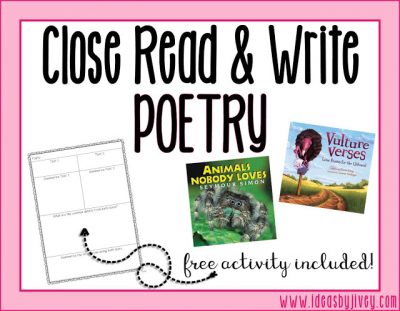
Close Reading And Writing Love Poems
**This post contains Amazon affiliate links. The few cents I earn on affiliate purchases is used to fund awesome giveaways!** When I read Molly’s

**This post contains Amazon affiliate links. The few cents I earn on affiliate purchases is used to fund awesome giveaways!** When I read Molly’s
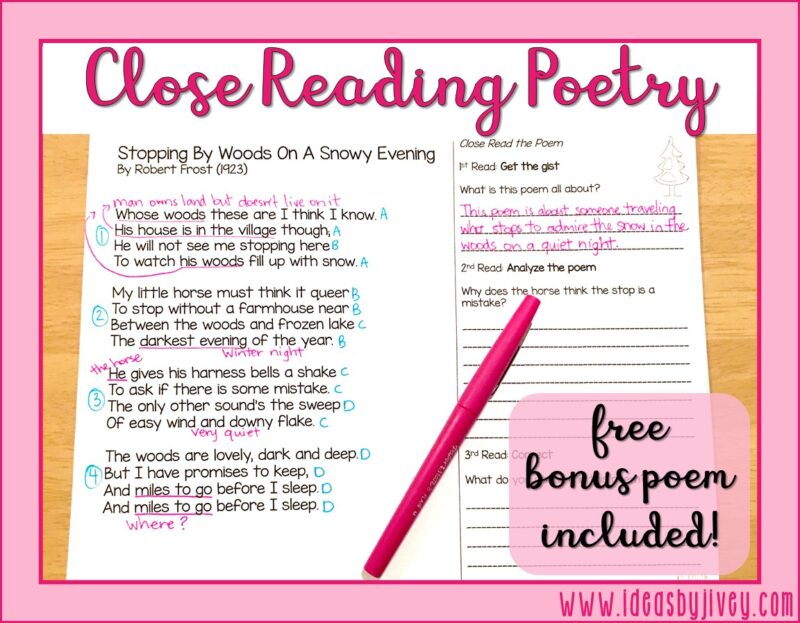
One of my all-time favorite books to use when teaching poetry is Love That Dog by Sharon Creech, but you CAN’T just read it. For
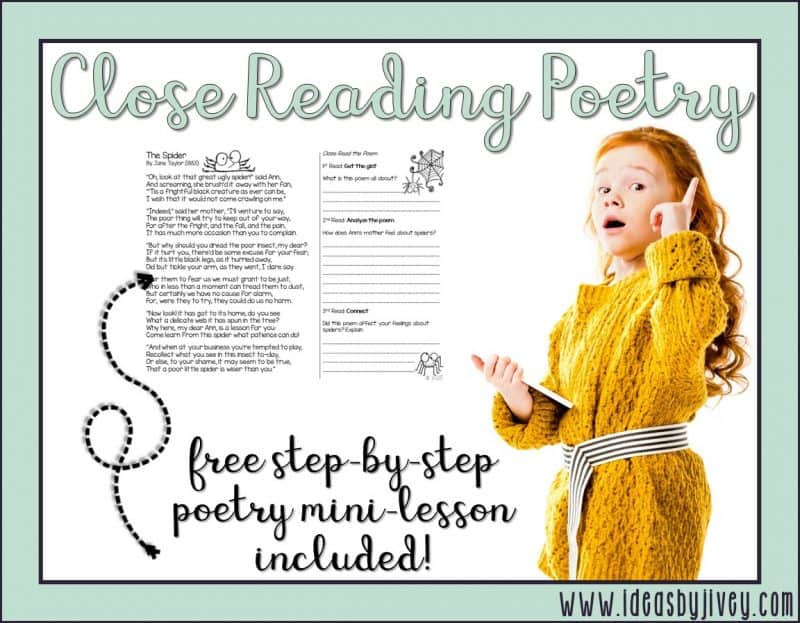
Poetry is not just for April! Don’t save all the awesome poems for the spring! Everything you are doing with close reading can be done
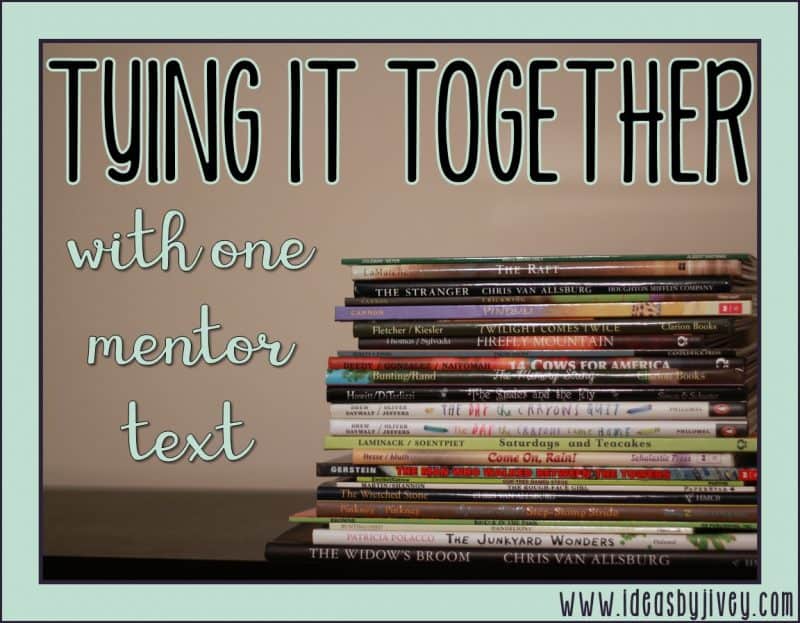
Mentor texts are perfect for students of all ages! If you don’t believe me, read here. 🙂 One of the best parts of using
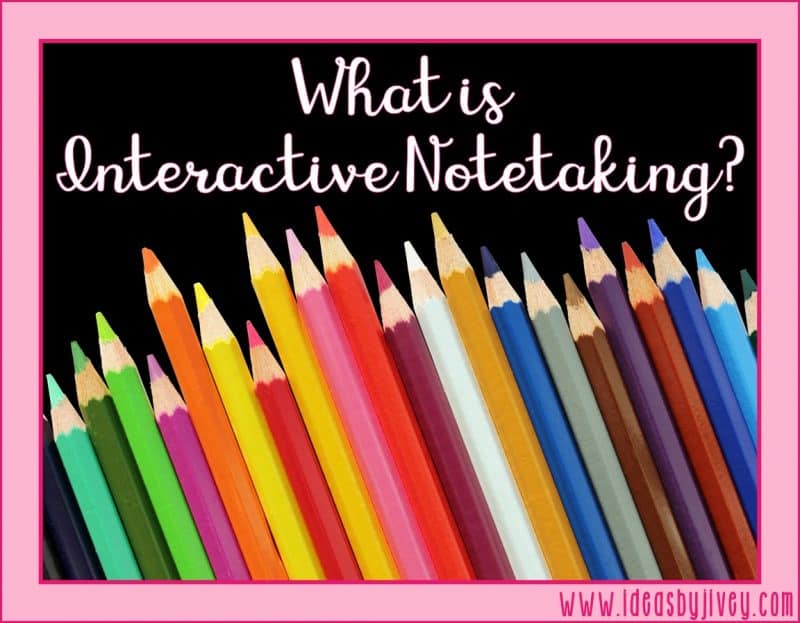
Interactive notetaking is the BEST way to get information to “sink in” for your students. I first learned about it five years ago at a
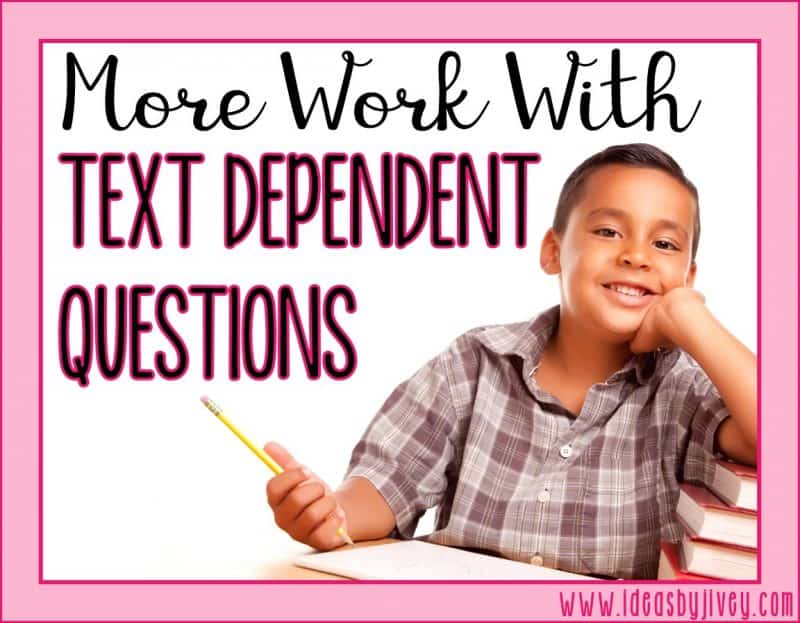
When I was in the classroom, we worked hard to make our way to the top of the TDQ pyramid. This progression helped me go deeper